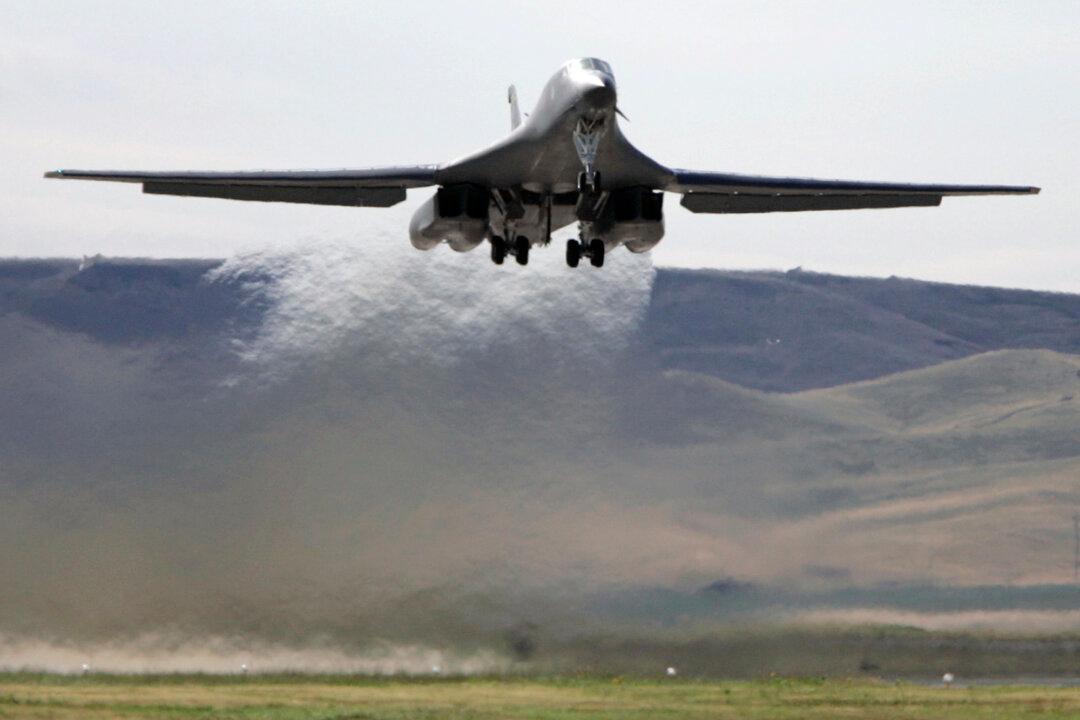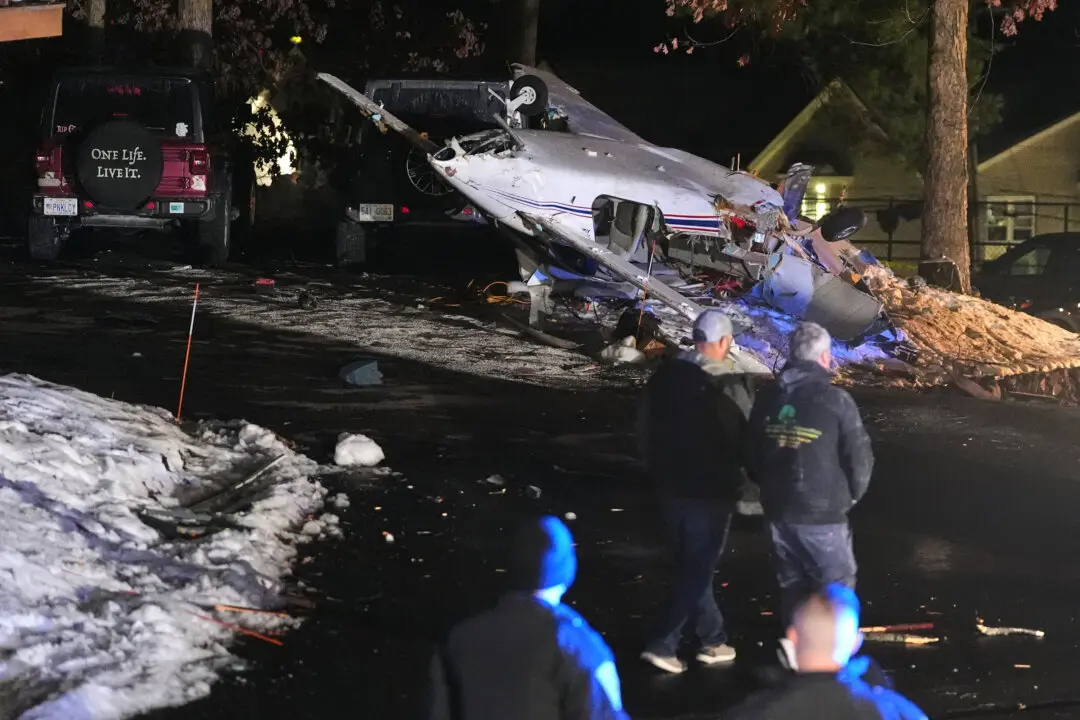WASHINGTON— A fiery January crash of a B-1 bomber in South Dakota was caused by multiple crew failures, terrible winter weather and a last-minute brush with wind shear that resulted in all four members ejecting and the total loss of the $450 million warplane, Air Force Global Strike Command said Thursday.
The command’s report was unusually blunt in describing what the investigation uncovered about the crews involved in the evening crash at Ellsworth Air Force Base. The investigators said the crash exposed an “organizational culture that tolerated decaying airmanship skills, a lack of discipline, poor communication, and inadequate focus on regulations.”





